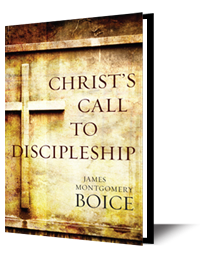
Here in this portion of 1 Corinthians, Paul deals primarily with this matter of the resurrection body, that is, the nature of the kind of body that we are going to have in the resurrection. He did that, presumably, because that was the chief question in the minds of the Greek people here to whom he was writing. I mentioned in an earlier study of Paul’s epistle how this difficulty with the resurrection grew naturally out of Greek philosophical thought. Every culture has its own way of thinking about ultimate things, though not always articulately. Sometimes people in a culture simply absorb a certain set of values and assumptions without thinking in a very careful way about them. But to whatever degree this existed, Greek philosophy upheld a great difference between mind and matter.

In the Gospels of Matthew, Mark, and Luke, you find the story about the Sadduccees’ coming to test the Lord Jesus Christ on the subject of the resurrection, something in which they did not believe. The Sadduccees were the modernists of that day. They thought they would give him a question that would expose how foolish the idea of a resurrection is, and, if he held to the resurrection, they would show how foolish he was, too.

That leads to the last lesson we need to draw from this passage, namely, the weakness of our flesh. Did Jesus need to pray? He obviously did, and he was the sinless Son of God. He was the Rock of Ages, an unshakable pillar of strength compared to those around him. But if he needed to pray, how much more do we who are weak and sinful and ignorant and usually oblivious to the temptations that surround us every day?

Yesterday we looked at the first of four important aspects of prayer. Today we will study two more.



















